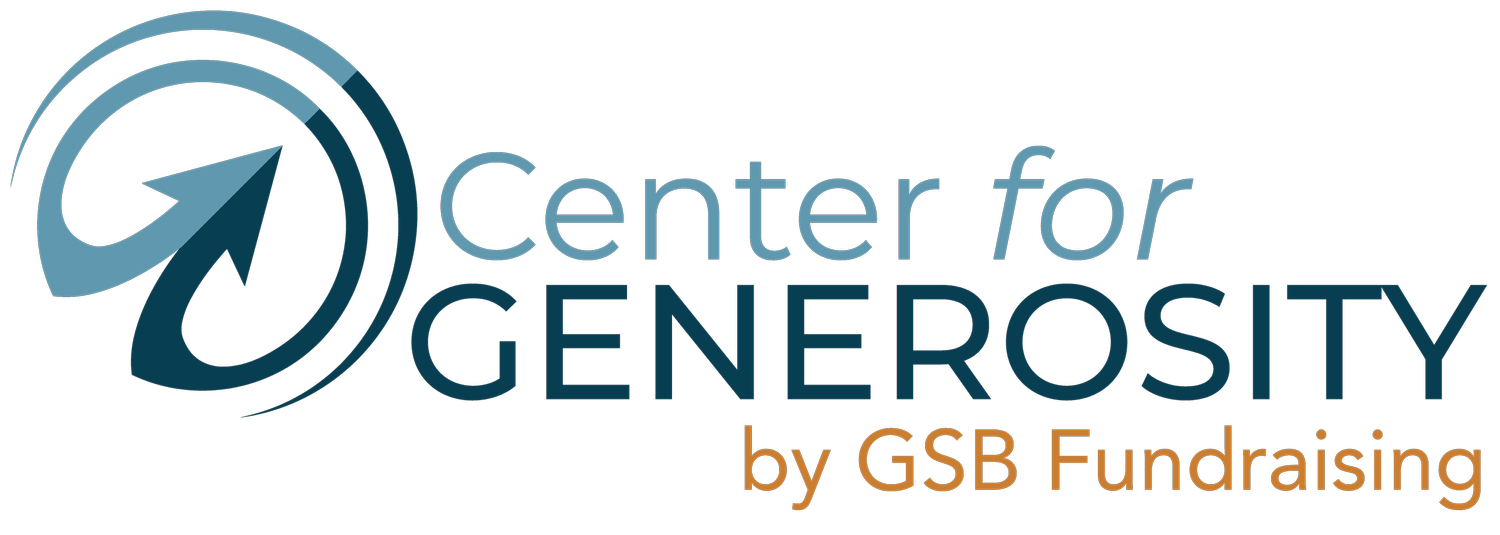Feasibility Study Interview Profile
Here is a quick snapshot of determining those you should talk to during a feasibility study.
Those with the greatest potential to contribute the largest gifts to the campaign:
Your current largest donors.
Your best prospective major gift donors.
People you would approach and ask to consider giving one of the top ten gifts in the campaign.
People of means, generous to other charitable, social service, youth-oriented and religious causes.
2. Leadership people with their fingers on the pulse of the communities, businesses, and churches.
3. People of influence who may not have financial resources or be able to give but can influence others and their gifts (i.e., “opinion makers”).
4. People who are representative of groups of people:
Some might know the potential of businesses, organizations, and foundations, while others might know the potential of individuals and families.
Those who would know the economic factors in the region.
Representatives of the geographic area within the bounds of your constituency.
5. Bankers . . . business persons. . . clergy . . . farmers, lawyers . . . financial professionals. . . leaders among these folks. . . past and current board and committee members.
6. Profession and occupation are not as important as a person’s knowledge of the community and ability to become a major donor and volunteer leader.
7. The ultimate determination as to who should finally be selected for interviews reverts back to item #1 – persons of the greatest wealth and/or the ability to influence those of wealth.
8. A good final step in reducing the list of potential interviewees to the final list is to select only those who probably have the financial capacity to contribute gifts of 2% to 5% or more of the proposed campaign goal.
